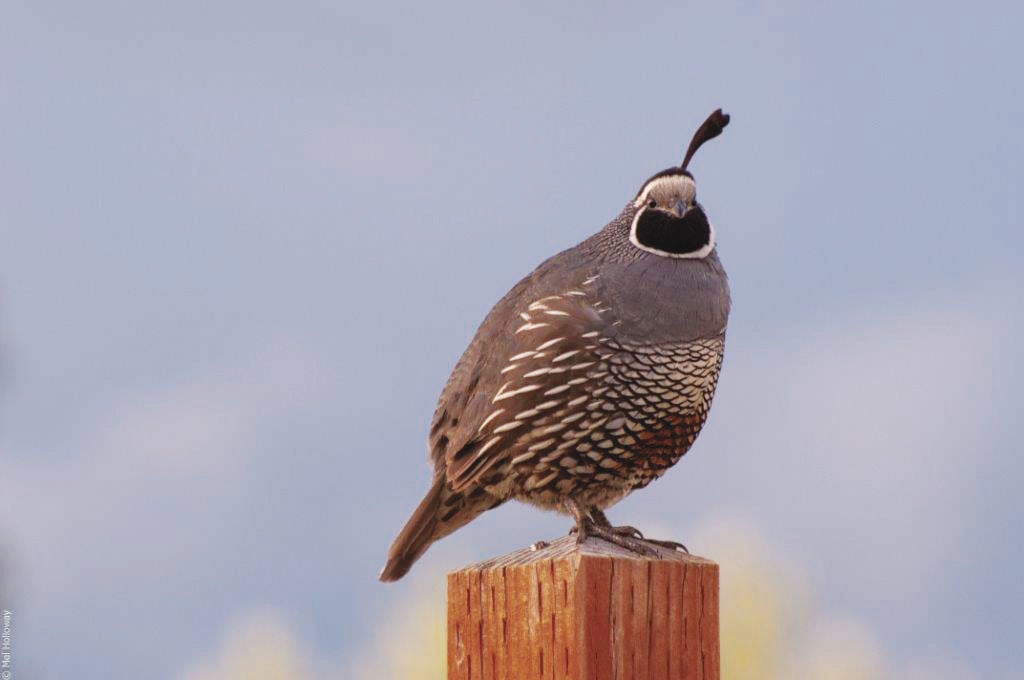
/97434692-56a6041f3df78cf7728aea6f.jpg)
Many of the games they played were common to other Indian groups in California. Like most people, the Chumash loved to play games.

Of course, with their tomol boats, they were able to collect a large supply of fish, as well as mollusks like clams, mussels and barnacles. Otter, sea lion, porpoises and even whales (when they washed ashore) would become food for the Chumash. They sometimes even ate bear cubs, but probably did not risk hunting adult grizzly bears.īecause they lived so close to the sea, the Chumash diet included a large variety of marine animals. Hunters also made traps for small animals, and would sometimes use fire to drive rabbits out into the open, where they would kill them with throwing sticks. They were skilled at making bows and arrows, and would hunt mule deer for food and skins. Photo by Damian Bacich/.Ĭhumash people were very accomplished hunters. Like many California Indians, acorns were a very important food for the Chumash. Chumash people also ate many of the wild edible berries that grew in their region, such as the fruits of the elderberry, prickly pear cactus and manzanita bush. For cooking, they often made an olla or cooking pot and a comal or flattened pan out of steatite, a heat-resistant stone (also known as soapstone). They also ate many small seeds, like those of the chia plant, and were very fond of piñon nuts. Chumash FoodĪcorns were the most important food for the Chumash, as they were for many California Indian groups. They even traded with the Mojave Indians who lived over 400 miles away. They supplied the Salinans in the north with wooden boats and beads. In exchange, they received things such as obsidian, salt, black pigment and antelope skins. They brought many items from the sea, such as abalone, clams and shell beads to the Yokuts of the Central Valley. The various Chumash groups had trade relationships with other tribes both on the coast and far inland. It also allowed them to stay connected with towns and villages on the on the Channel Islands, off the coast of California. The tomol allowed Chumash mariners to travel far up and down the coast of California, hunting, fishing and trading with other tribes. When Spanish sailors encountered the tomols on the open sea, they were very impressed by these vessels. Chumash craftsmen would seal the canoes with naturally occurring asphalt to make them seaworthy. Tomols were very finely crafted and usually painted red. Since redwood trees don’t grow near Chumash territory, they would often search for redwood logs that had drifted down the ocean currents from areas further to the north. However, the best tomols were made out of redwood, which is softer and easier to craft than pine, and it also swells up and prevents leaks when it is wet.

The word tomol meant “canoe” in the Chumash language, but also meant “pine.” That was because the tomol was often made out of pine planks. The most important tool the Chumash had was a long canoe made out of wooden planks called the tomol. People would call on the shaman to cure illnesses or bring good fortune, or to try and bring misfortune to their enemies. The shaman was often associated with a particular animal, such as rattlesnake or grizzly bear. They also had people known as shamans, who represented to the spirit world to their people and could perform important rituals and ceremonies.

They had at least one god, whom they referred to as Sup or Achup. Chumash Religionīefore adopting Christianity, the Chumash had certain places that they considered sacred, and would go to those places to pray or make offerings for. Many of the place names in the Santa Barbara area come from Chumash words, like Cuyama, Ojai, Castaic, Lompoc and Malibu. Today many scholars believe that Chumash languages belong to their own language family. This includes languages spoken by the Salinan, Esselen, Pomo, Yuma and Washo. Linguists believed that different Chumash groups spoke a variety of what linguists call “Hokan” language. They also lived on the Santa Barbara Channel Islands: San Miguel, Santa Rosa, Santa Cruz and Anacapa. Prior to the arrival of the Spanish, the Chumash’s home region was the coastline from San Luis Obispo in the north to Malibu Canyon in the south, and east as far as the western edge of the San Joaquín Valley. Later groups were named based on the mission territories they occupied ( Obispeño, Barbareño, Purisimeño, etc.). Each of the groups had names for themselves. They also called the natives of Santa Cruz Island Mi-tcú-mac. The name was chosen by explorer and linguist John Wesley Powell, from a word used by the Coastal Chumash to refer to the Indians of Santa Rosa Island, Tcú-mac. The name Chumash refers to several groups of California Indians who originally lived near the south-central coast of California, including the Channel Islands, and who spoke similar languages.


 0 kommentar(er)
0 kommentar(er)
